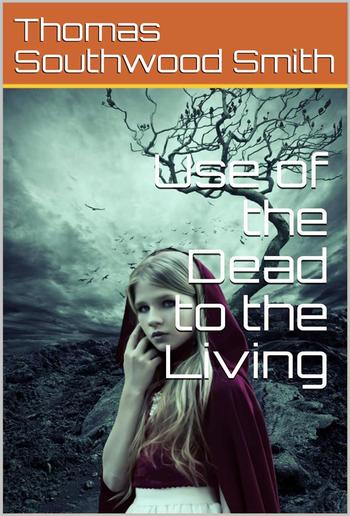
Smith - Use of the Dead to the Living
Use of the Dead to the Living
Smith, Thomas Southwood
Description
Southwood Smith was a dedicated utilitarian, and a close friend of Jeremy Bentham. He had a particular interest in applying his philosophical beliefs to the field of medical research. In 1827 he published The Use of the Dead to the Living, a pamphlet which argued that the current system of burial was a wasteful use of bodies that could otherwise be used for dissection by the medical profession.
On 9 June 1832, Southwood Smith carried out the highly controversial public dissection of Jeremy Bentham (who had died 3 days earlier) at the Webb Street School of Anatomy in London. In a speech before the dissection, Southwood Smith argued that
"If, by any appropriation of the dead, I can promote the happiness of the living, then it is my duty to conquer the reluctance I may feel to such a disposition of the dead, however well-founded or strong that reluctance may be".
Smith's lobbying helped lead to the 1832 Anatomy Act, the legislation which allowed the state to seize unclaimed corpses from workhouses and sell them to surgical schools. While this act is credited with ending the practice of grave robbery, it has also been condemned as discriminatory against the poor.

